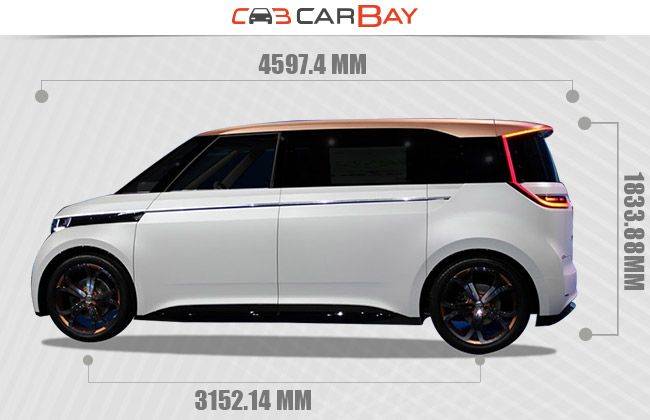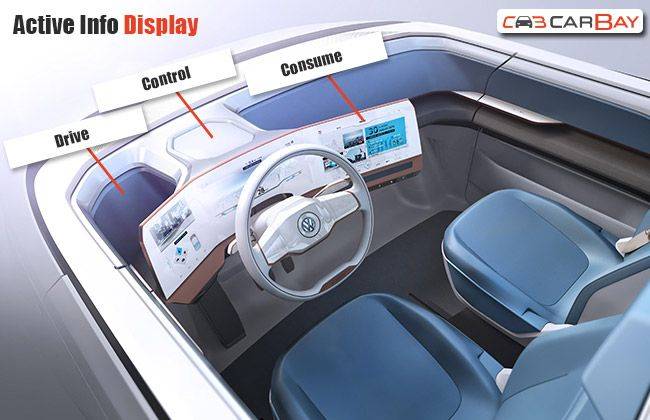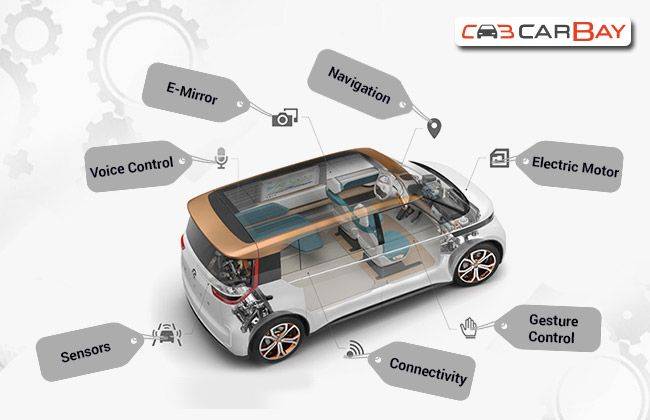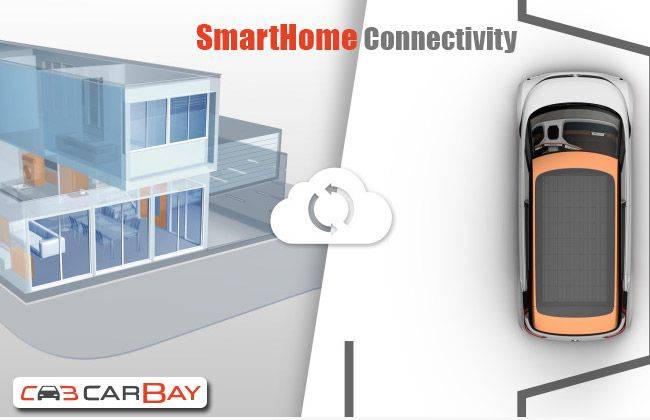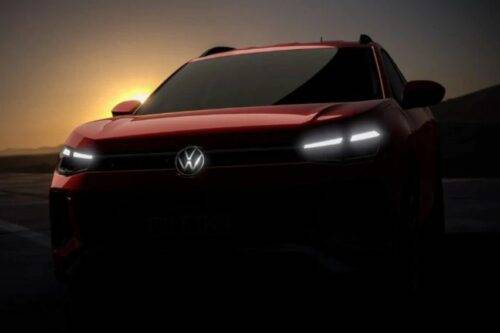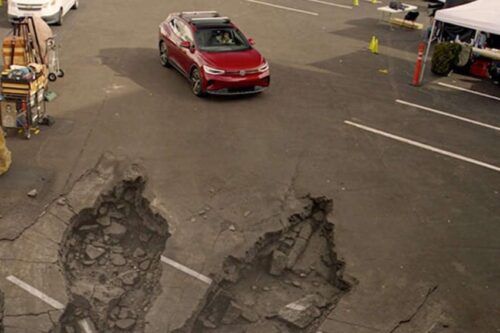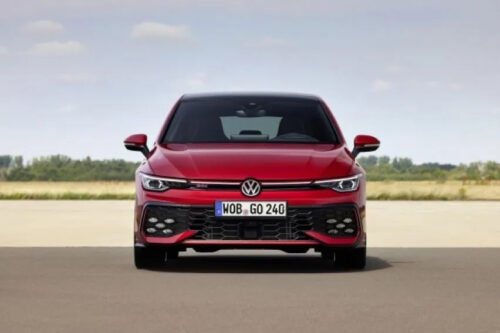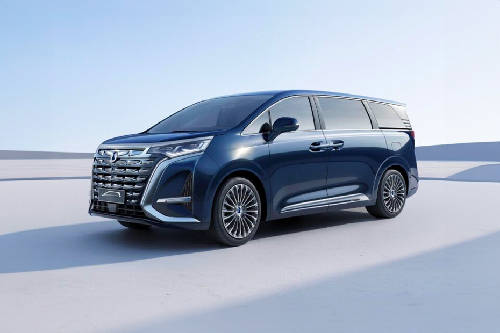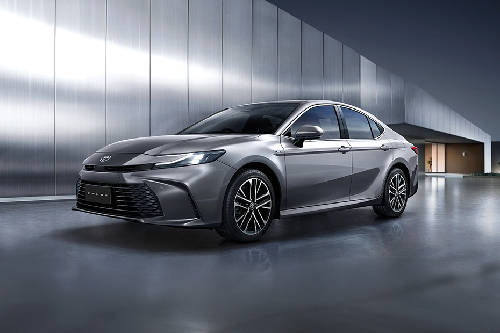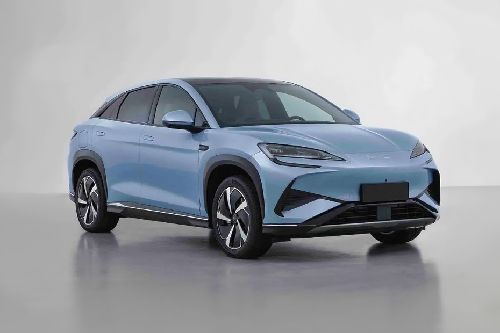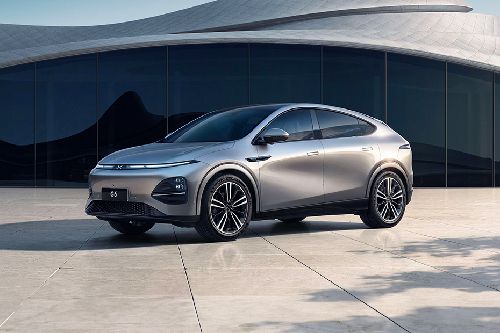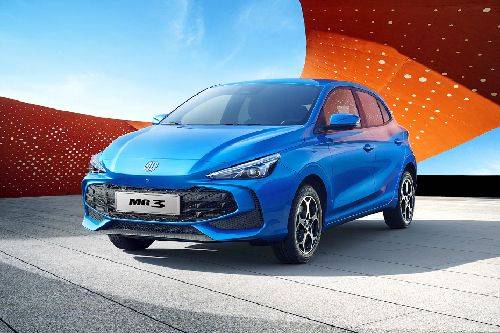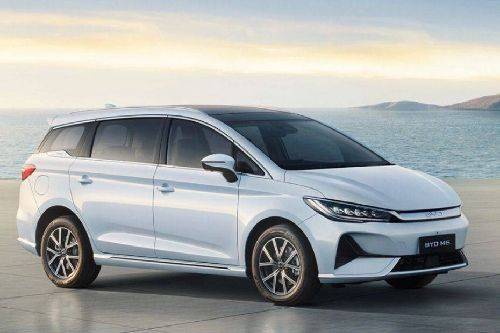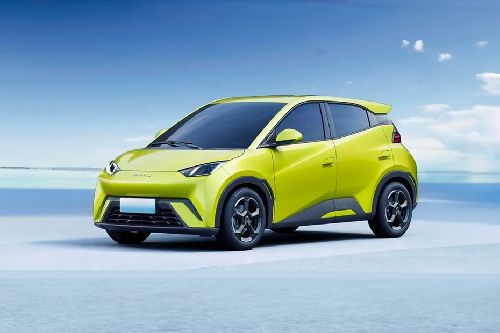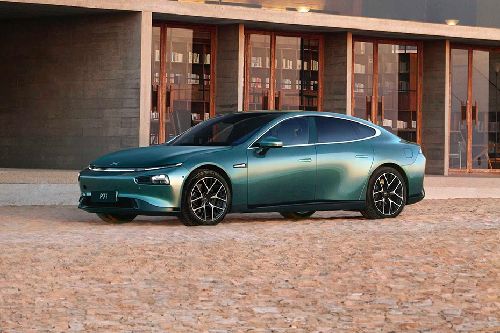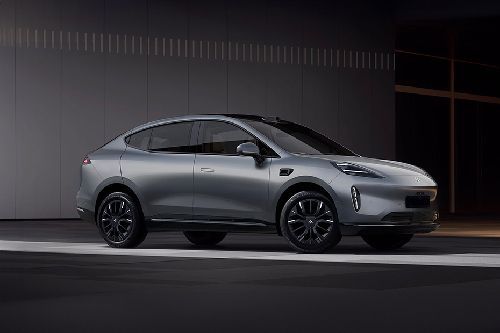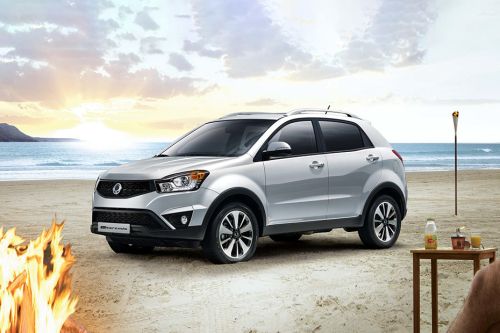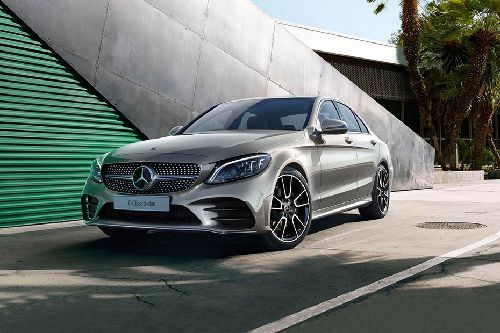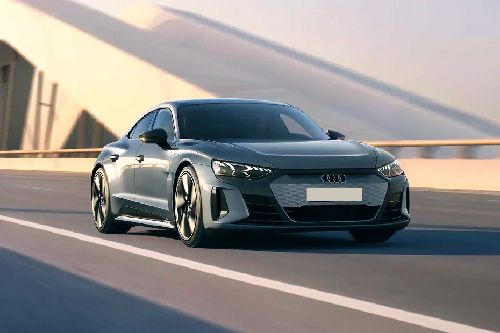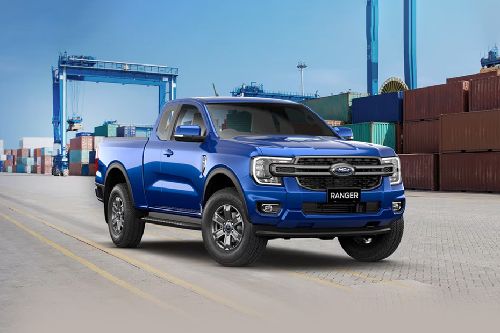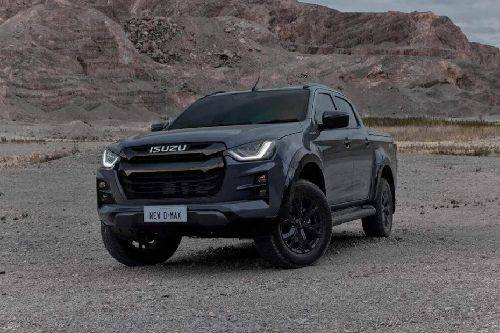Volkswagen Budd-e Concept: Unwrapping Future of Automotive Technologies
BANGKOK: Volkswagen introduced its upcoming concept at the Consumer Electronics Show 2016, which can be regarded as an epitome of automotive technologies. The successor of the iconic electric bus is likely to roll out of the showrooms from 2019. It is still in an early stage to make a comment on whether it would make to the world stage or not. But, one thing is for sure that once it completes its production phase, it would be an amazing road machine powered with mind blowing automotive technologies. We have mentioned that it would be loaded with 'out of the world technologies', so here we go a little deep on the same and study what exactly the concept has to offer.
Entirely New Platform
Build on a completely new platform, Modular Electric Platform is specially designed and build by the company that would be used as a basis for future small electric cars by VW as well. It's a fully electric microbus having two brushless electric motors, out of which first one is mounted at the front while the second one is placed at the rear end. If in any case it isn't able to wear the final production body, the newly build architecture would still be used for upcoming cars.
With the 101 kW lithium-ion battery, the VW minivan can travel a total of 373 miles on a single charge and can attain the top speed of 93 mph. Not only this, the van is powered with wireless charging mechanism that allows it to charge 80% of its full potential in just 15 minutes.
Technology Front
Inside, you'd feel something missing as the brand has scrapped all the buttons and switches. Everything is controlled through either gestures or voice commands. The concept has a special voice control system that switches on when a user says “Hello Budd-e”. It is good enough to respond to informal commands like “turn up the heat” and can also identify the origin of the voice, hence allowing the feature to work accordingly. Say, for example, if a passenger calls out a command to adjust temperature then only its climate zone will be adjusted.
There are three different screens on the dashboard allowing the driver as well passengers to control the incorporated features with gestures. Collectively the dash is called as “Active Info Display”, which has three displays with dedicated roles. The three sections are referred as Drive, Control and Consume. The “Drive” section is responsible for providing 3D navigation map to the driver enabling him to carve his way. The “Control” section is a 12.3-inch curved display right in front of the driver that shows all the necessary details about the vehicle, i.e. vehicle status, fuel info or trip data. Moving further, the third section is called as “Consume” for infotainment display. A 13.3-inch display screen has also been integrated that blends with the Active Info Display connecting the entertainment front to the driver.
Instead of rear view mirrors, the concept has “e-Mirror” that are responsible for displaying rear images on the dedicated screens inside the cabin.
In addition to this, there is an intelligent “Reminder” function that helps you in reminding the important items needed at a particular or special instant. Say, for example, if there is a rain forecast, then it will notify you of carrying an umbrella with you. Also, it can sense the objects kept inside the vehicle, which will be reminded by the system at the time of your departure from the vehicle.
The infotainment system integrated inside the van has taken the technology to another level by connecting the outside world with auto. It enables passengers to access home tasks like turning the lights on/off, controlling air conditioner or fetching the information from the refrigerator about its contents. To make this happen, the company will tie up with electronics giant, LG to power their appliances with suitable software or technologies.
You might also be interested in
- News
- Latest
- Upcoming
- Popular
Latest Car Videos on Zigwheels

